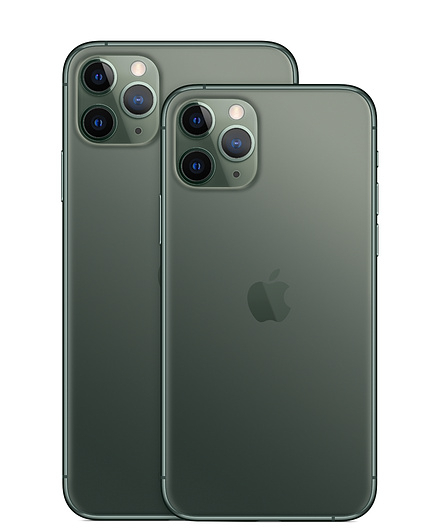After releasing a Mac Pro with the highest specs for $52,999 and a 16-inch MacBook Pro that retails for $2,799, it shouldn't come as surprise that Apple is planning to increase the price of the upcoming iPhone 12. But what may set you back is how much Apple is adding to the upcoming flagship device. It's worth noting all the improvements Apple plans to include on the iPhone 12 series, which will add up to the phone's cost.
5G Connectivity
Let's start with 5G support. This year has seen the launch of both 5G networks and a long list of smartphones that support the fifth generation of broadband cellular network technology in the market.

Apple was late to the 5G party due to extenuating circumstances (including Intel exiting the 5G smartphone business) which means the iPhone 12 line-up will be the first iOS-enabled devices with 5G support. Apple plans to include it on all the models and not just the top-end variant, as we previously reported.
Screen resolution
There's also the matter of the screen resolution on the base iPhone 12 model. The iPhone 11 base model featured an LCD screen compared to the OLED displays on the Pro and the Pro Max in order to limit costs. However, that will not be the case with the iPhone 12, as all models in the line-up will ship with an OLED screen.
It has been reported that the 2020 iPhone lineup will include a 5.4-inch iPhone, two 6.1-inch iPhones and a large display sporting 6.7-inch iPhone
Camera
Lastly, the camera is going to be include more lenses and sensors. In addition to improving the optics of the main camera lens, the biggest iPhone 12 camera update will be in the form of a new time-of-flight (ToF) 3D depth sensor for better augmented reality features and portrait shots, as well as a periscope-like optical zoom feature.
Iphone 12 design concept (source @phonearena) #iPhone12 pic.twitter.com/gExXiMkTle
— Marko Dordevic (@dordevicmarko) November 6, 2019
Pricing
While you might think that 5G support, new screen tech and more camera equipment would increase the upcoming smartphone's price significantly, the latest report from well-known Apple analyst Ming-Chi Kuo has revealed that the retail price will only rise by $50 a piece, even though the additional features will reportedly raise the production fee of each device by anywhere between $30 and $100 depending on the model.
Apple plans to balance out the majority of these costs by cutting down costs in the supply chain using a mix of economy of scale and harder negotiation. While this will still place the iPhone 12 above the $700 starting price of the iPhone 11, the base iPhone 12 will not be the cheapest iPhone in the portfolio. That title will go to the iPhone 9 (also known as the iPhone SE 2) that will undergo a series of concessions to arrive at a pocket-friendly price.









